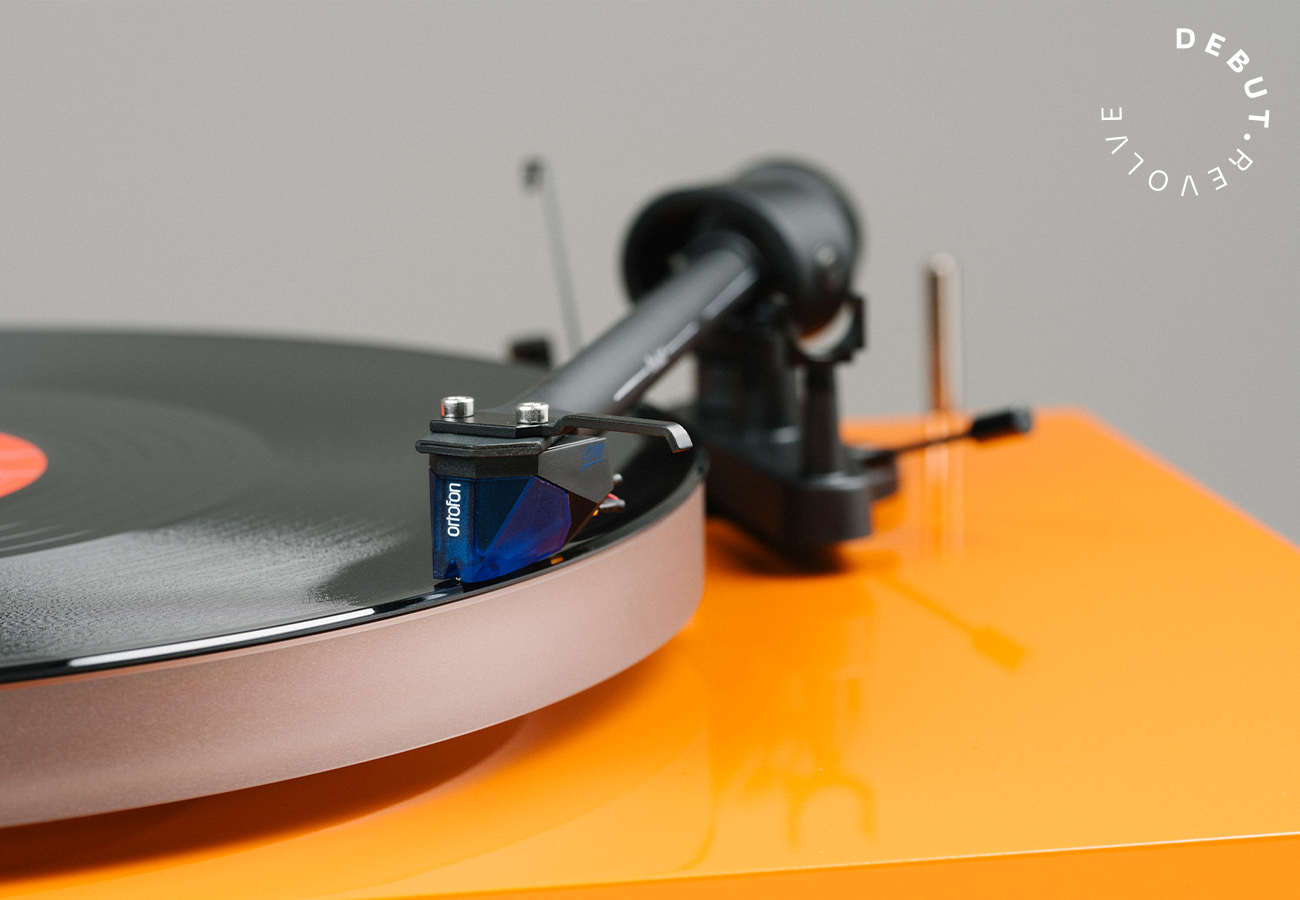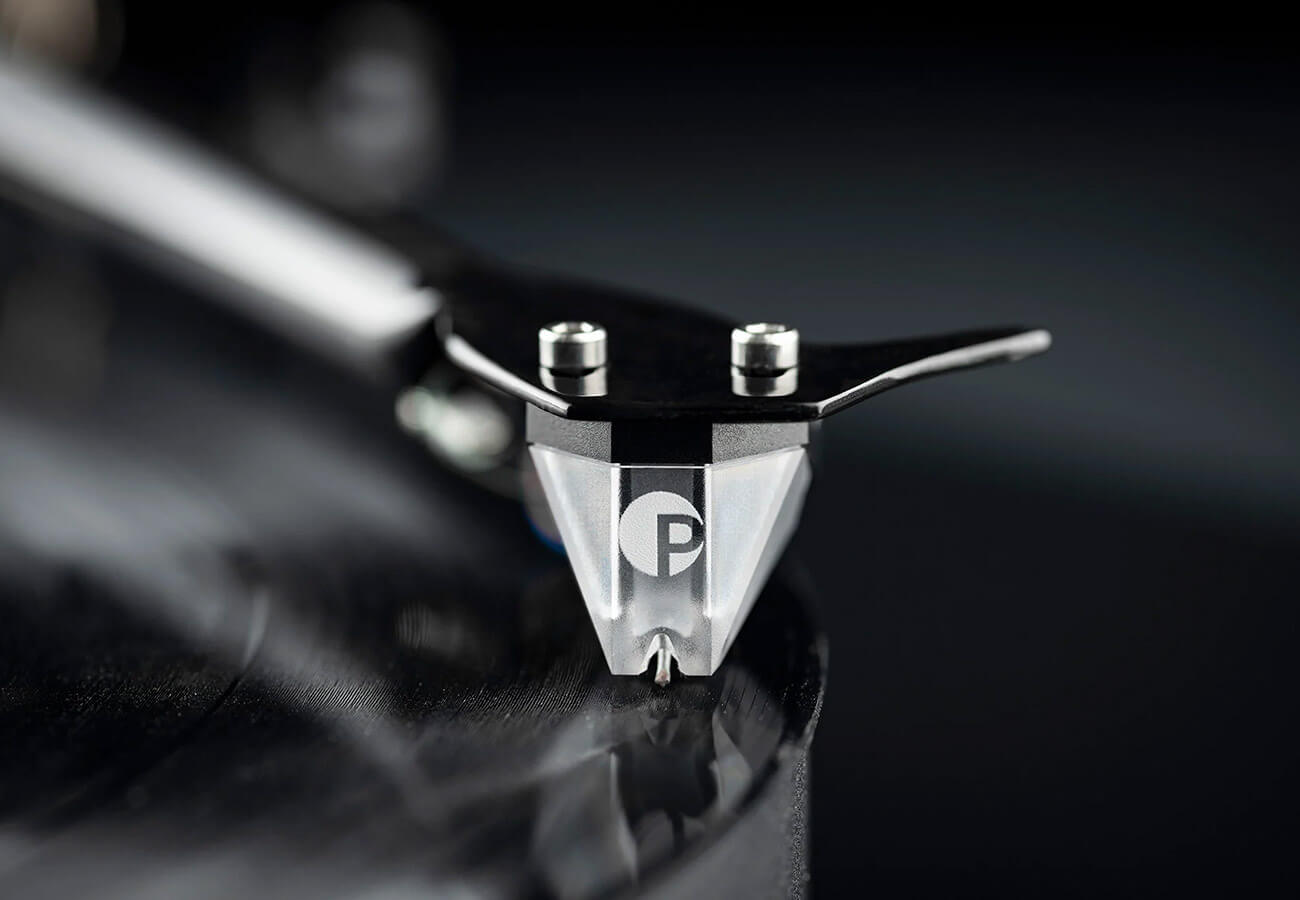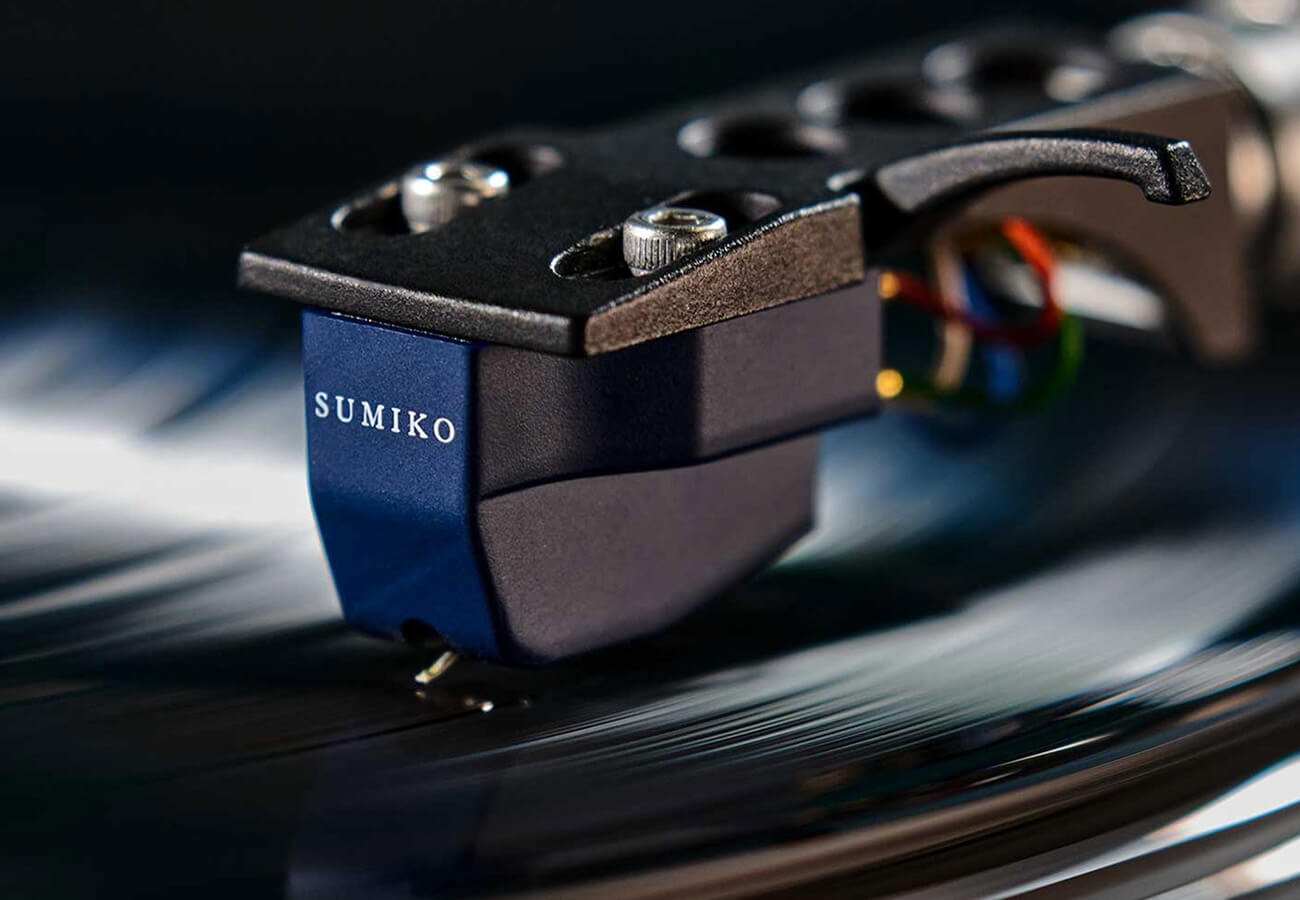
A turntable is the sum of many individual parts, each with a specific job, working in harmony. Here we focus on phono cartridges: the front line and point of contact with your vinyl record, responsible for extracting the music that sits inside its grooves.
What is a turntable cartridge and how does it work?
A vinyl record is simply a circle of musical information in the form of grooves, impressions carved into their walls representing the original recording. A phono cartridge’s job is to retrieve that information through its stylus, which travels through the grooves, over the bumps and nodes, as the vinyl spins underneath it. The stylus collects information as vibrations, which pass up through its cantilever - the ‘rod’ that holds it - into the cartridge body. Here, that kinetic energy is converted into an electrical signal by the interaction of magnets and metal coils.
It’s a violent journey for a stylus, subjected to extreme forces from all sides, so it and the cantilever, which pivots in all directions, must be super strong and rigid - typically made from materials like diamond and boron.


Moving magnet vs moving coil cartridges
Phono cartridges come in two types - moving magnet (MM) and moving coil (MC); the principle behind both is the same but the layout and execution is different.
In MM cartridges, a magnet attached to the cantilever moves in proximity to fixed coils (typically copper), inducing a current. In an MC cartridge, tiny coils vibrate against a stationary magnet.
Coils are lighter and more mobile than magnets, vibrating at higher and lower frequencies, so MC cartridges generate a more accurate (albeit smaller) signal. Their production is more intricate - coils are carefully wound around the magnet and cantilever - meaning they are more expensive, and the whole cartridge requires replaced when worn. Entry level for MC cartridges is around £500-600, although manufacturers do offer trade-ins as they can refurbish used cartridges.
Moving magnet cartridges are cheaper and easier to produce, starting around £30, and because coils are not attached to the cantilever, it’s possible to replace or upgrade just the stylus instead of the whole cartridge.


Which is the best cartridge for vinyl records?
MC cartridges produce a more accurate signal across a wider frequency spectrum, so are considered a higher quality choice of audiophile turntable cartridge. But your cartridge will depend on your turntable itself and phono preamp compatibility. Cartridges have tiny outputs, typically 3-5millivolts for MM and only 0.15-1.5mV for MC, which is why both require a compatible phono preamplifier. Some phono stages are fully adjustable to handle both MM and MC signals, but some are dedicated to just one type.
To get the best from a higher specification, audiophile turntable like Linn Sondek LP12, we would recommend a moving coil cartridge. For less expensive decks like Pro-Ject or TEAC, a moving magnet cartridge is more appropriate.
What other factors affect sound?
Stylus shape is important - it dictates contact with the grooves - as is its tracking force and keeping it clean!
Stylii range from conical, elliptical, line contact to MicroLine™, increasing in complexity of shape. Conical has a spherical tip and is the simplest, most common and least expensive shape. Elliptical has two different-sized radii, so is more precise, while line contact and MicroLine™ are the most complex and accurate, MicroLine™ almost exactly mimicking the shape of the cutting stylus that produces records. These offer lower distortion and wear, but are more expensive.
Tracking force is the downwards pressure of the cartridge, the weight (in grams) applied to the record. If tracking force is too high, sound will distort and both records and styli can be damaged; too low and the cartridge may jump or skate across the record. Manufacturers provide a recommended weight or range for each cartridge and it’s easy to make minor adjustments at home until your ears are 100% happy.
It's important to keep your stylus and records clean - residue from vinyl can build up and damage both. Again, this is easy to do yourself with a stylus brush, Linn green stylus paper or similar. Just be gentle and always brush from back to front!


When and why should you replace your cartridge?
Two reasons: when its worn, or as an upgrade. The stylus tip will erode with friction and the elastic suspension holding it can degrade. When this happens, after c.300 - 1000 hours of playback, sound will distort, surface noise will increase and the stylus will track poorly, skipping or jumping.
Swapping your cartridge is often your first turntable upgrade, whether that’s progressing from moving magnet to moving coil, or to a higher quality cartridge of the same type. The difference is instantly audible.
When and why should you replace your cartridge?
This may seem daunting, but we’re here to help. At Peter Tyson, we stock an array of excellent MM and MC cartridges, we know which get the best from different turntables, phono preamps and set ups and we’re happy to show you; just get in touch.
Peter Tyson Carlise – 01224 546756
Peter Tyson Newcastle – 0191 285 7179